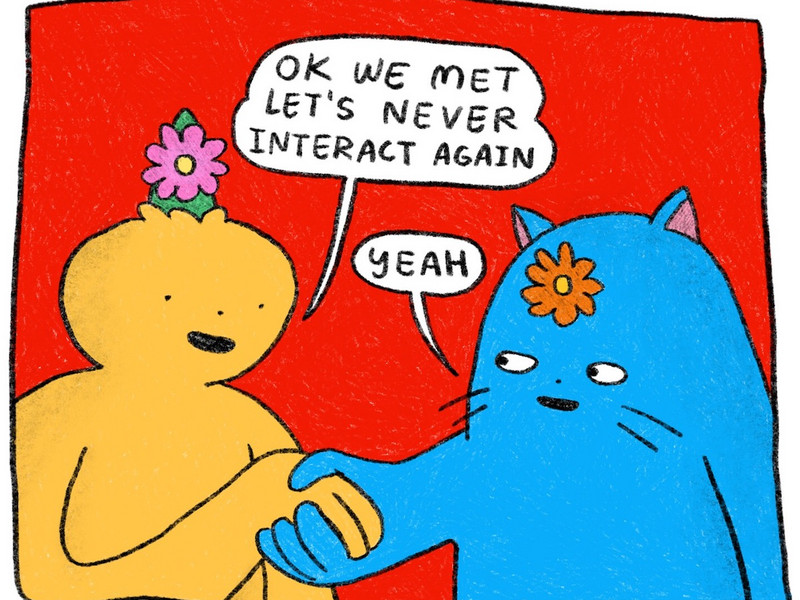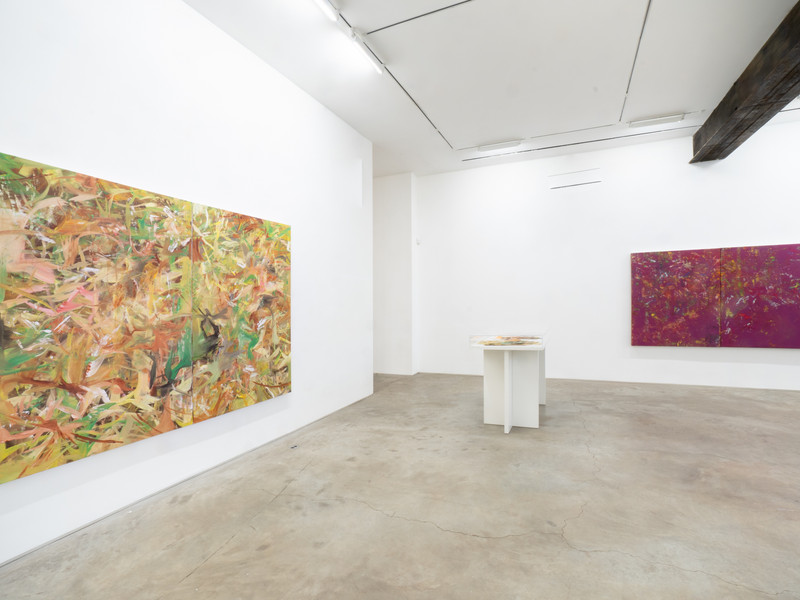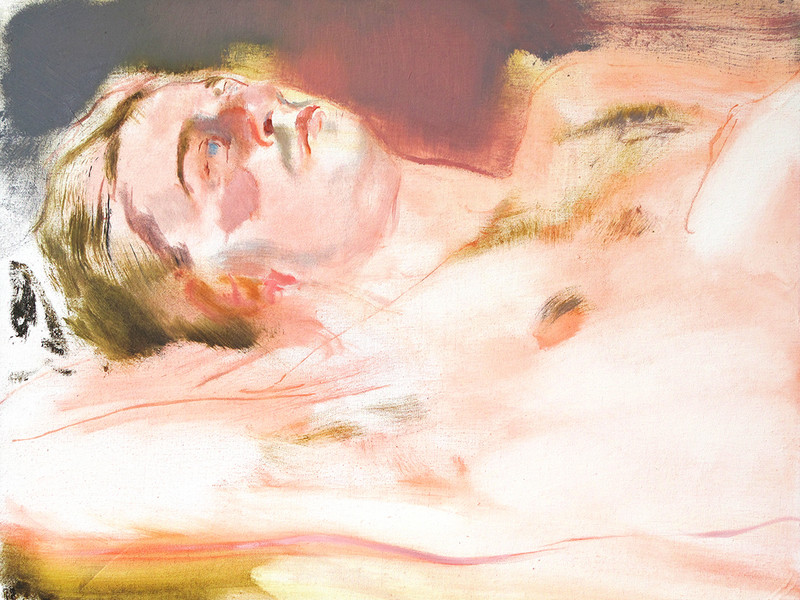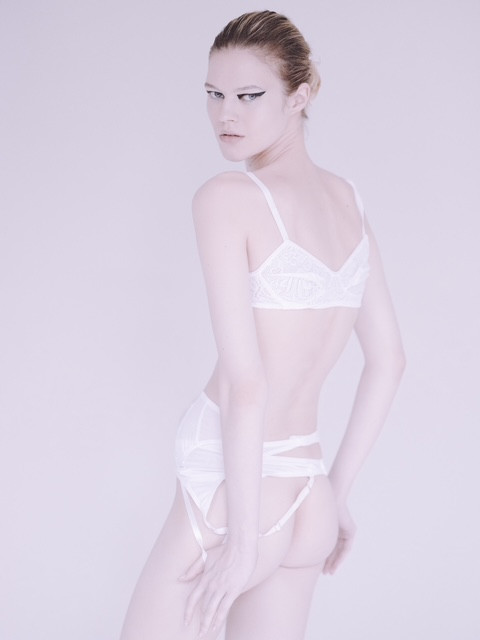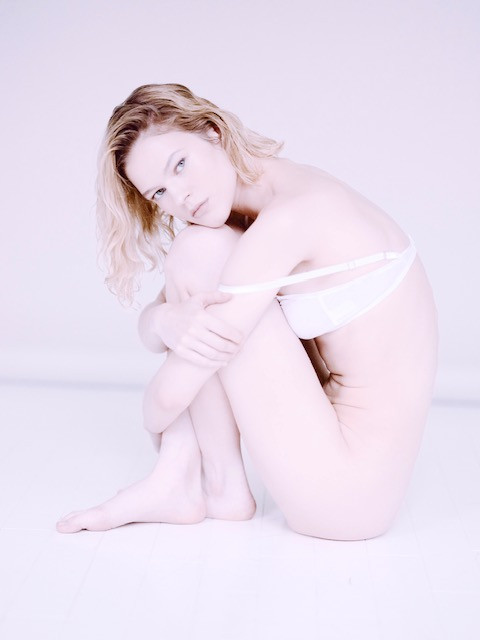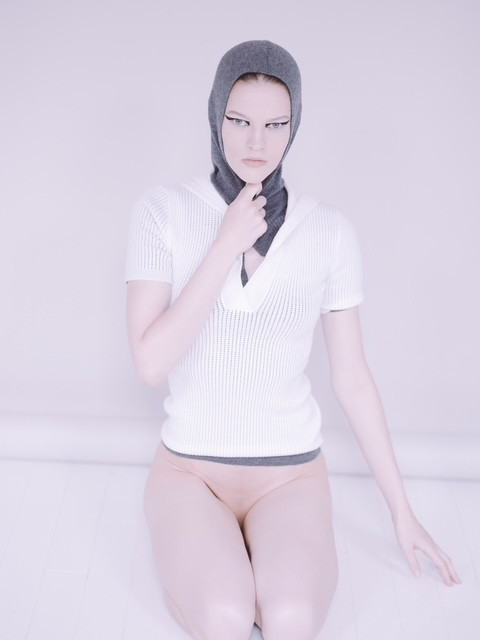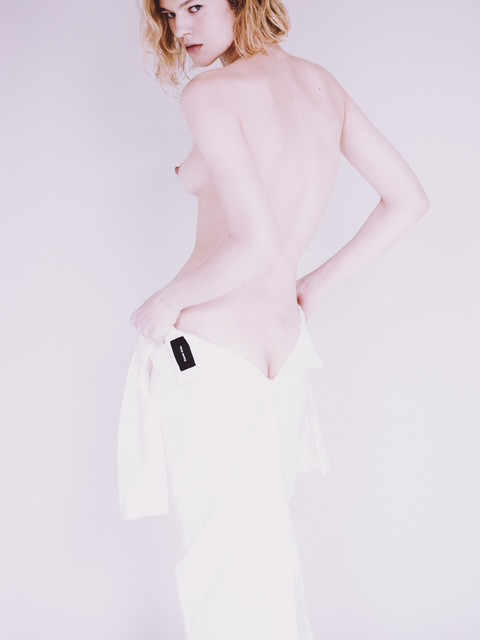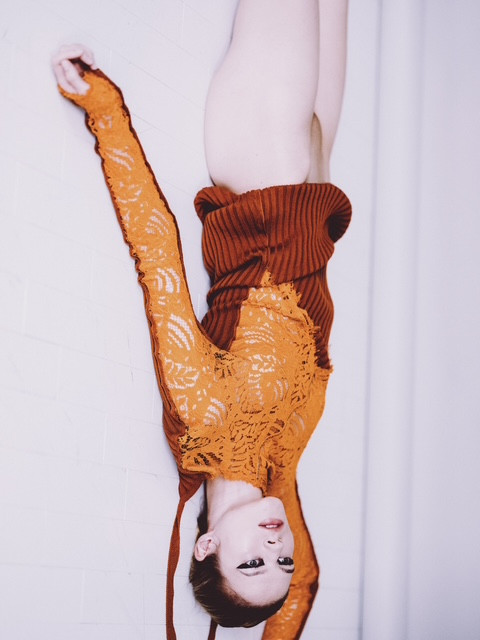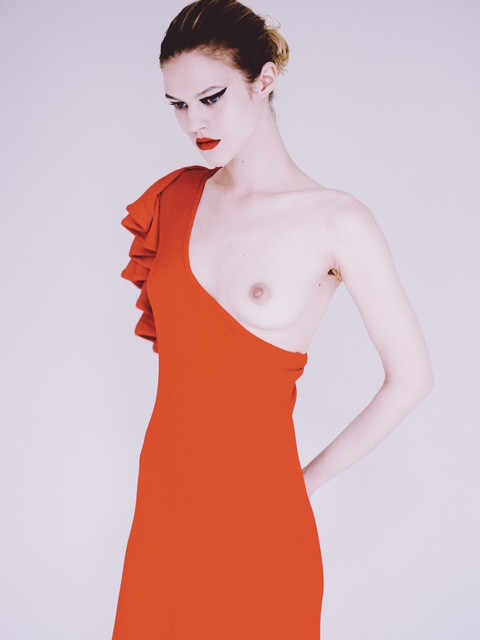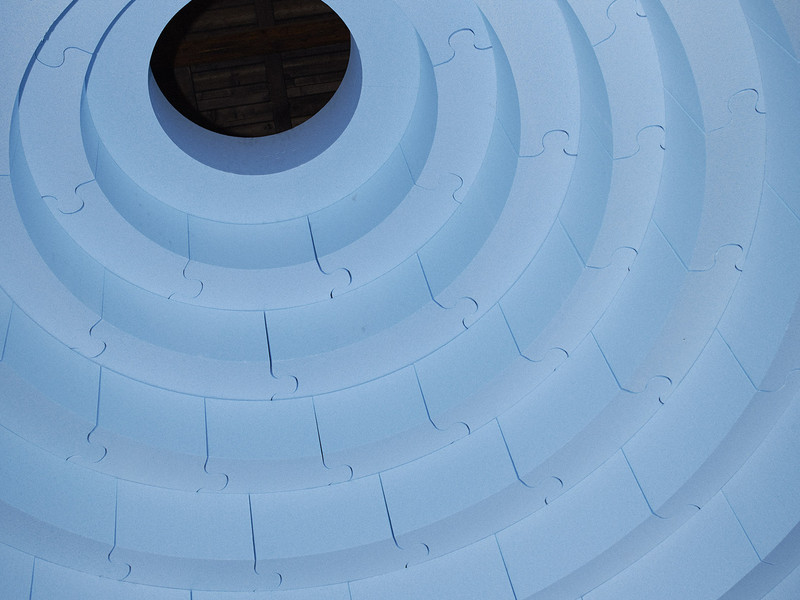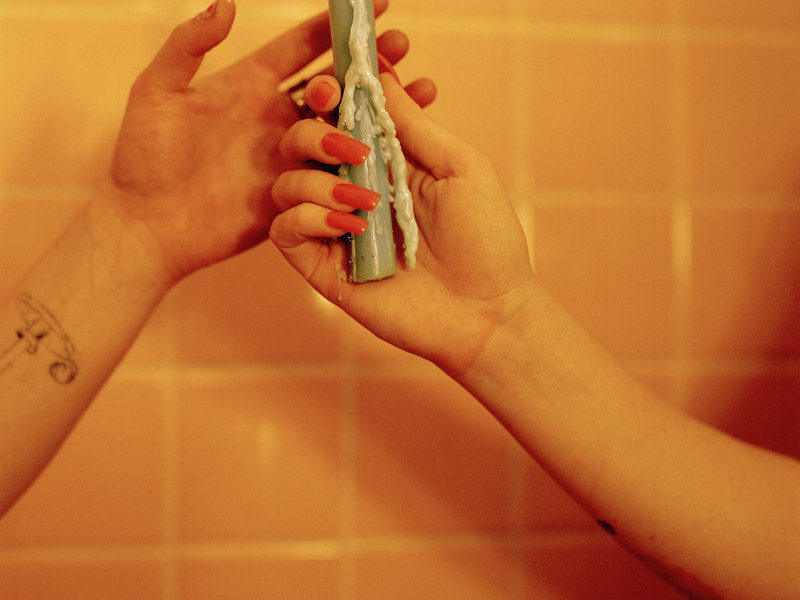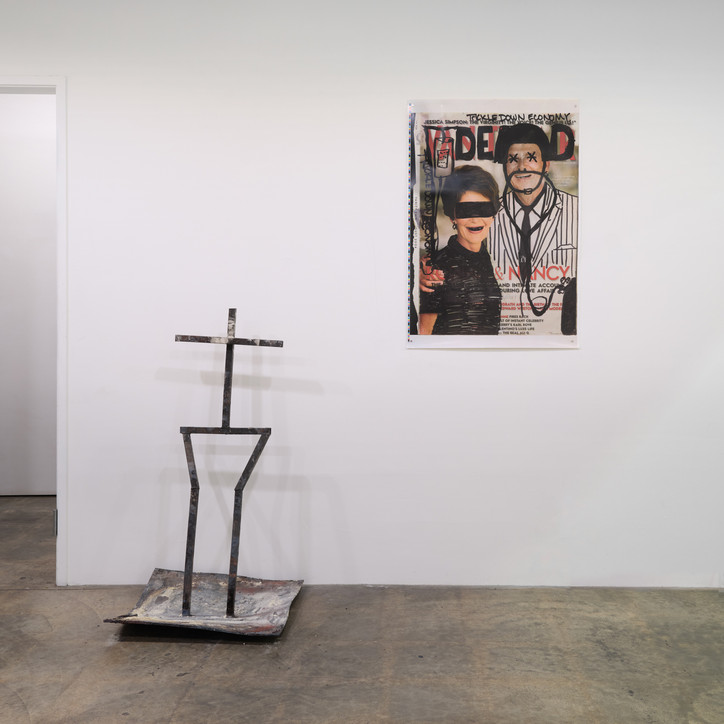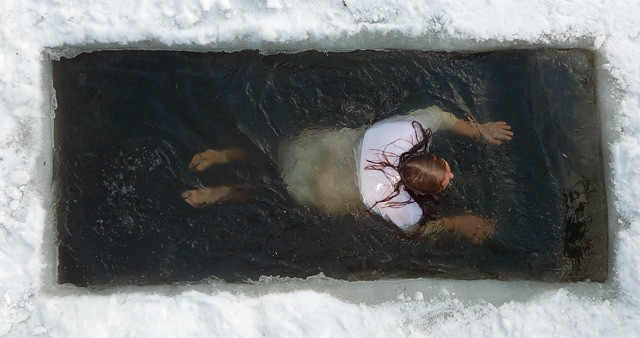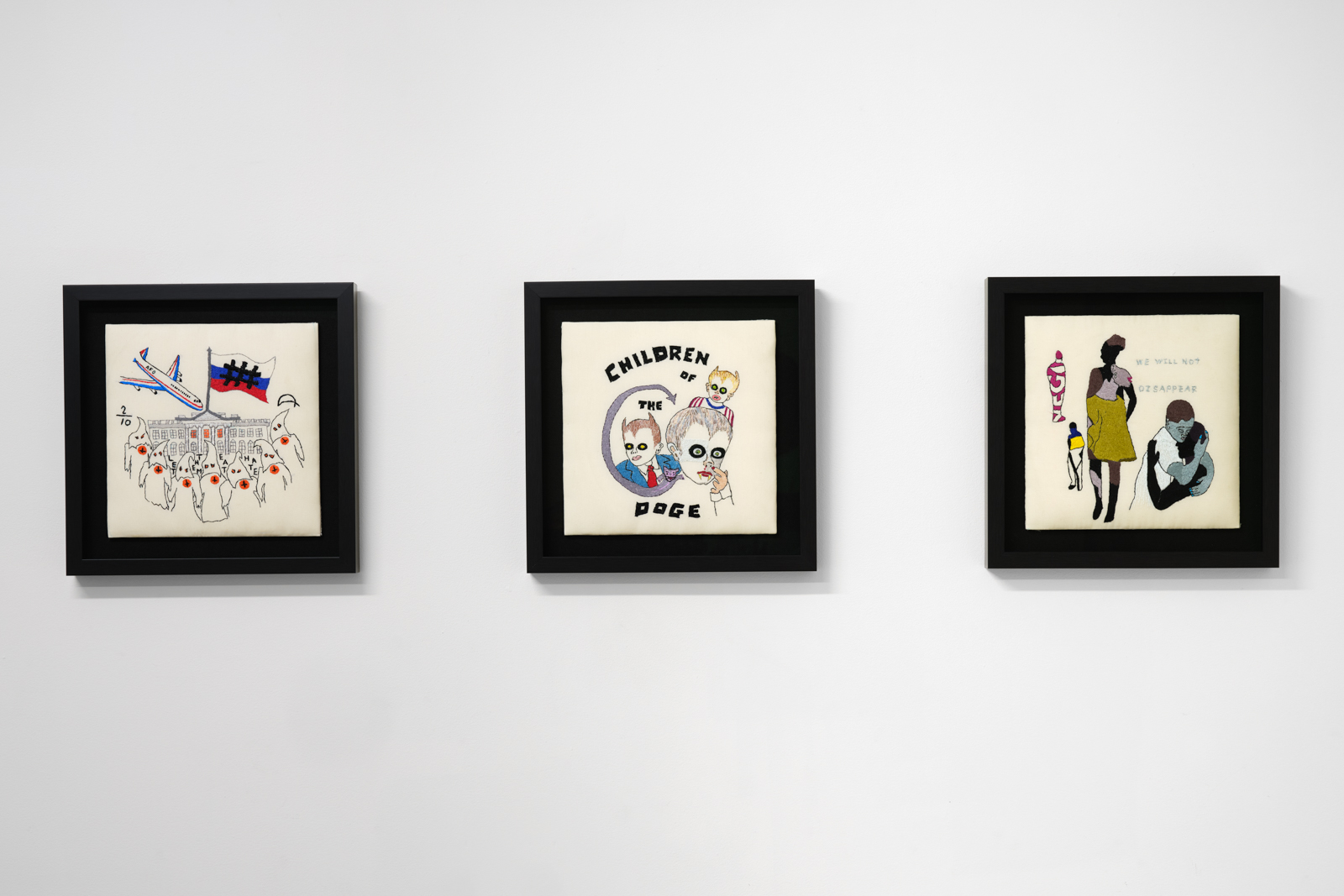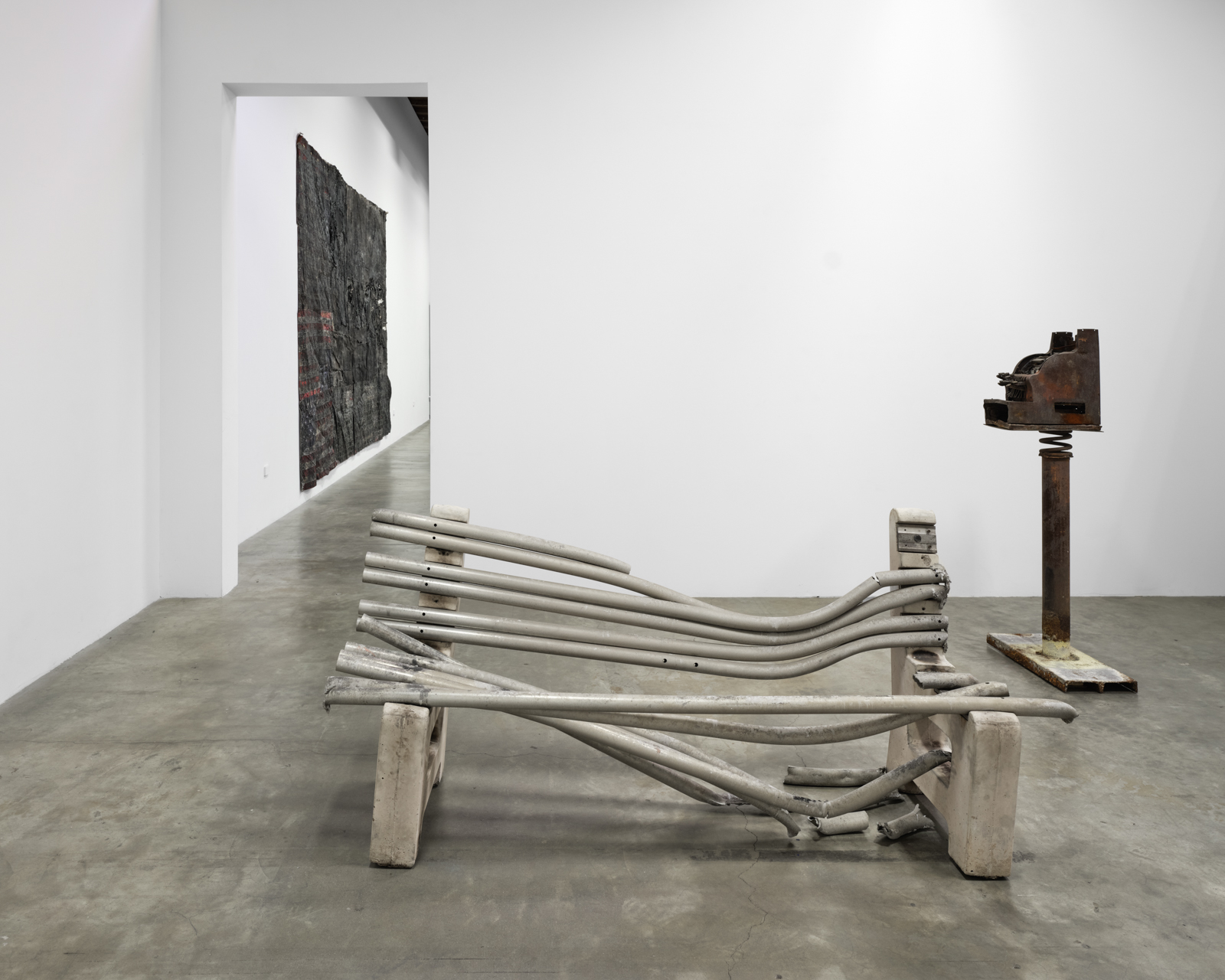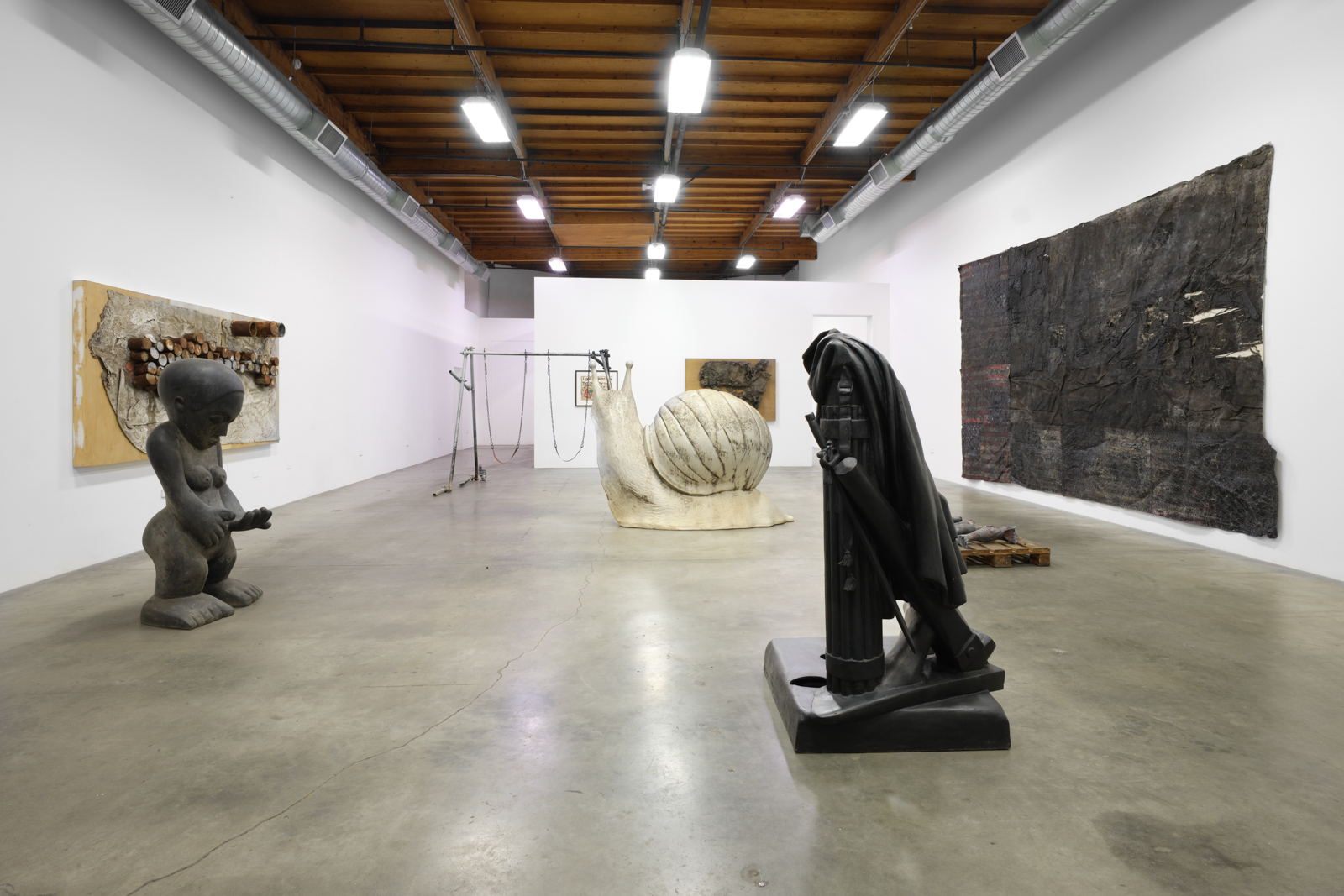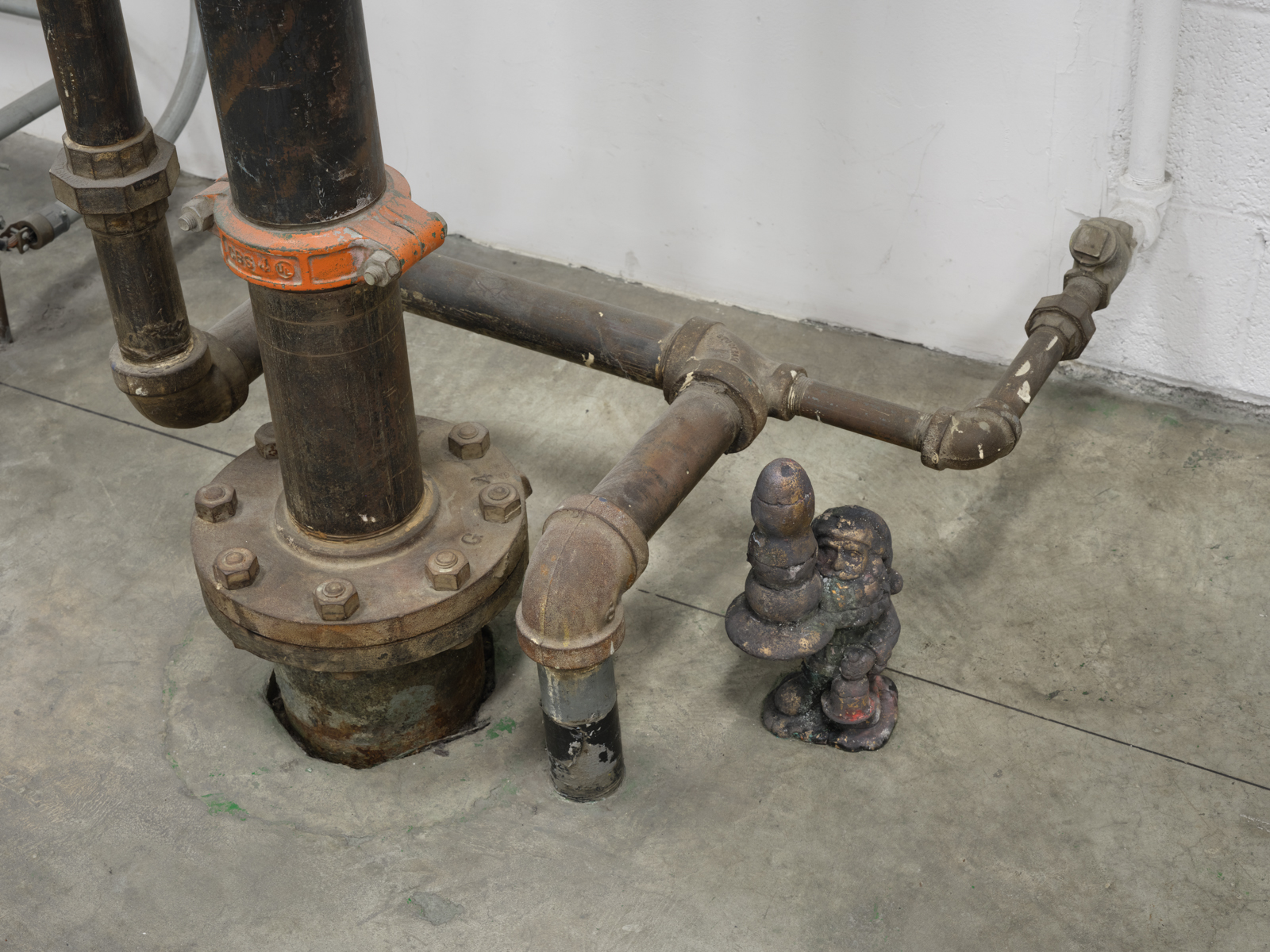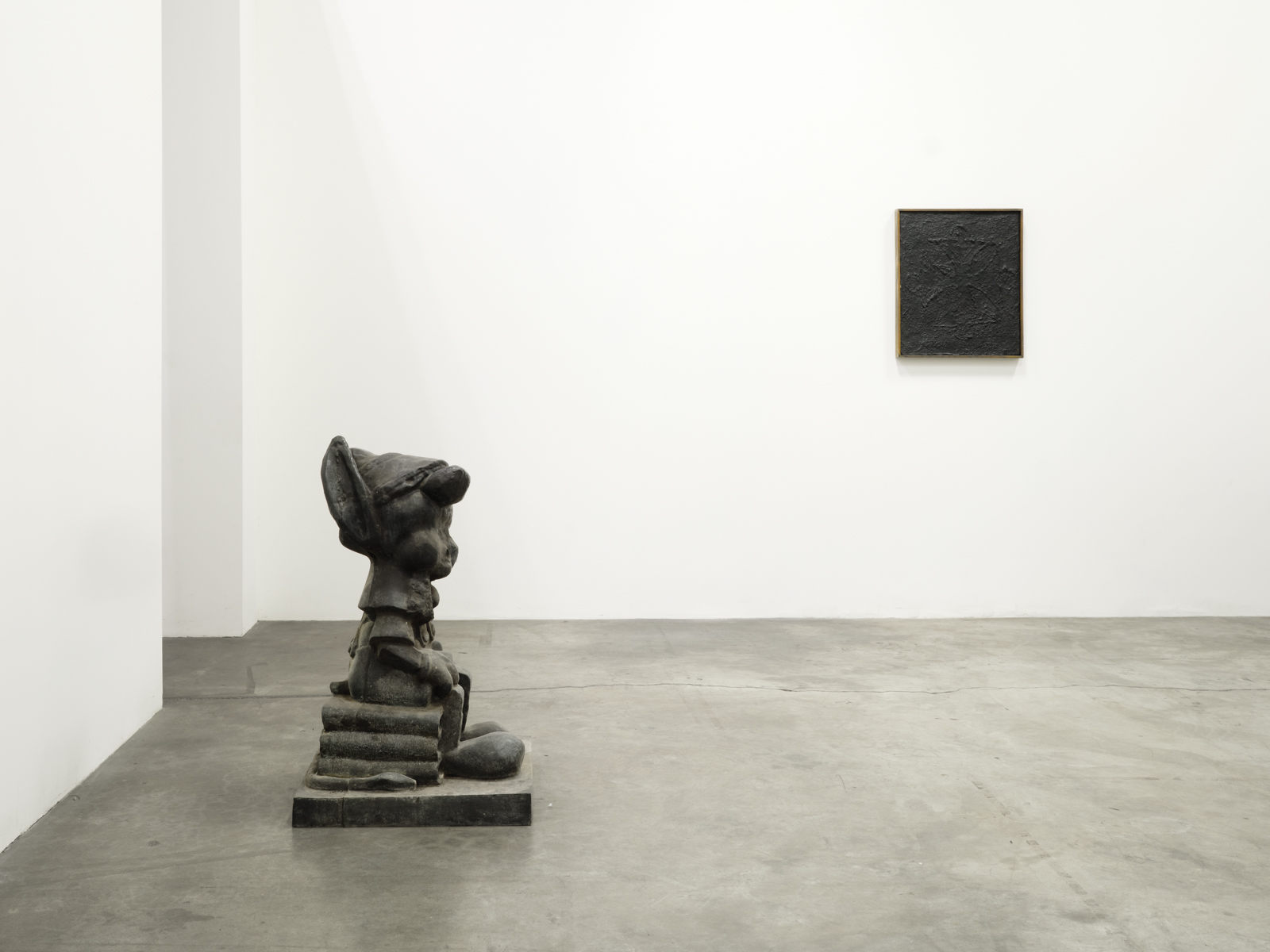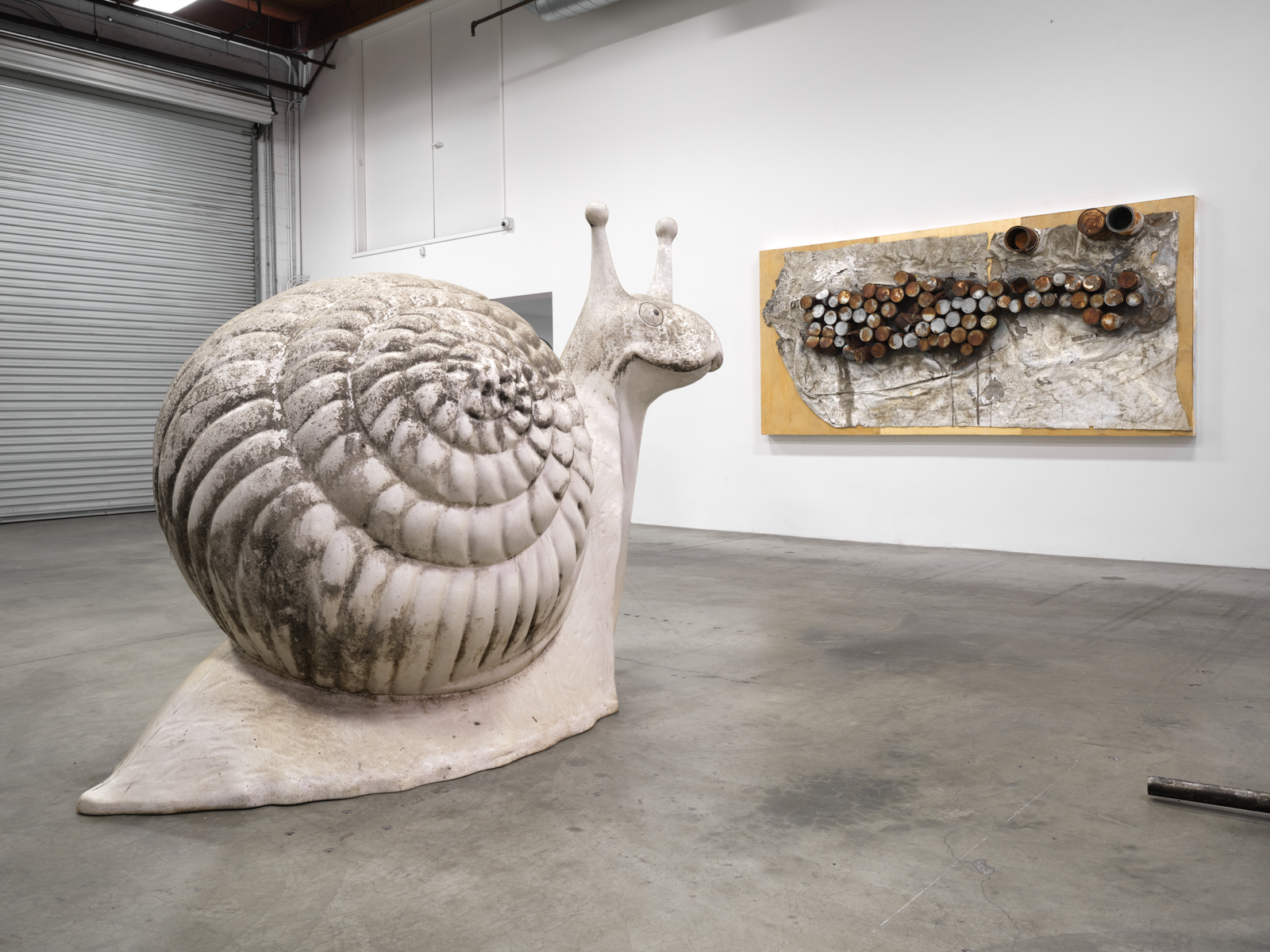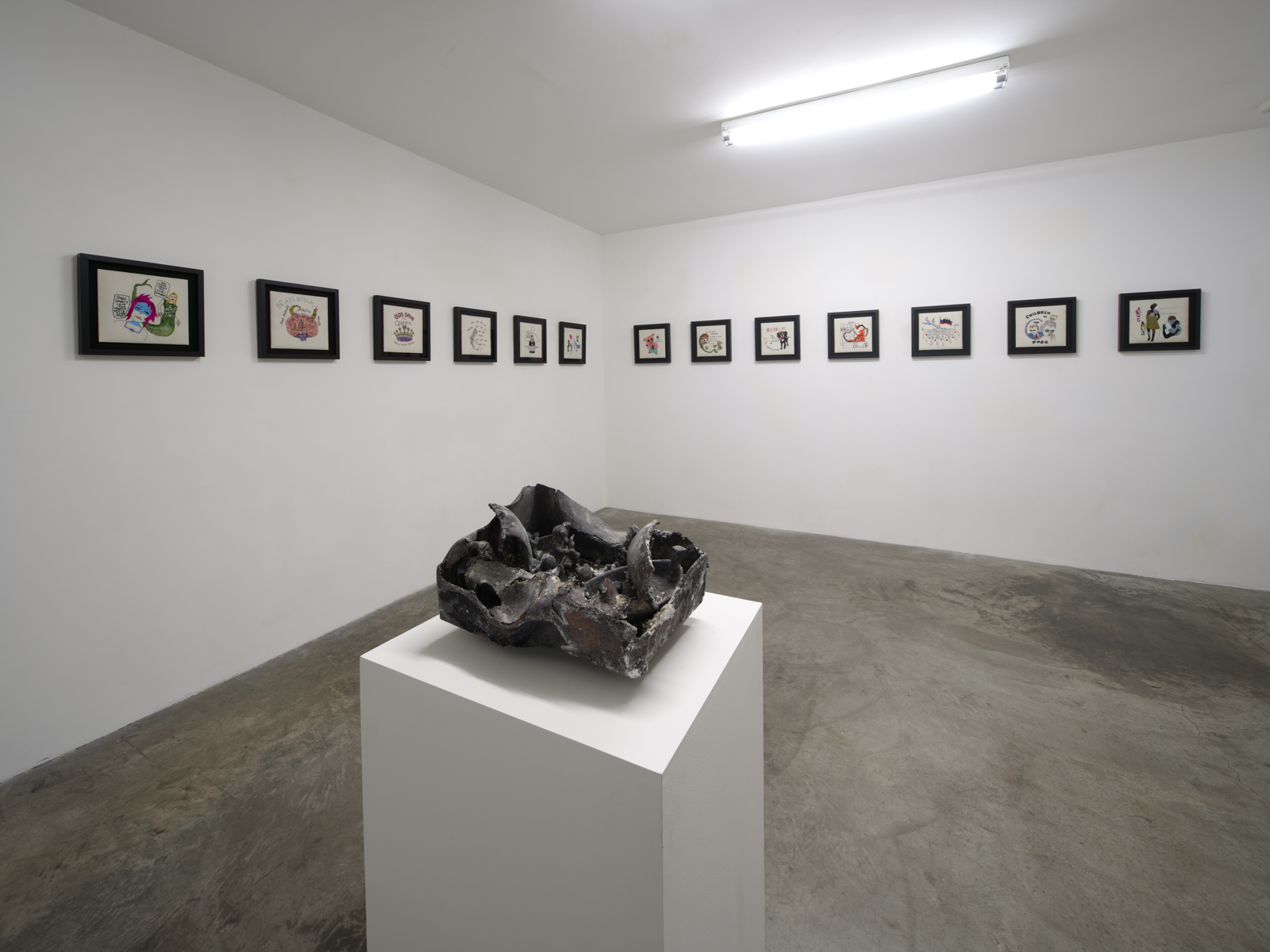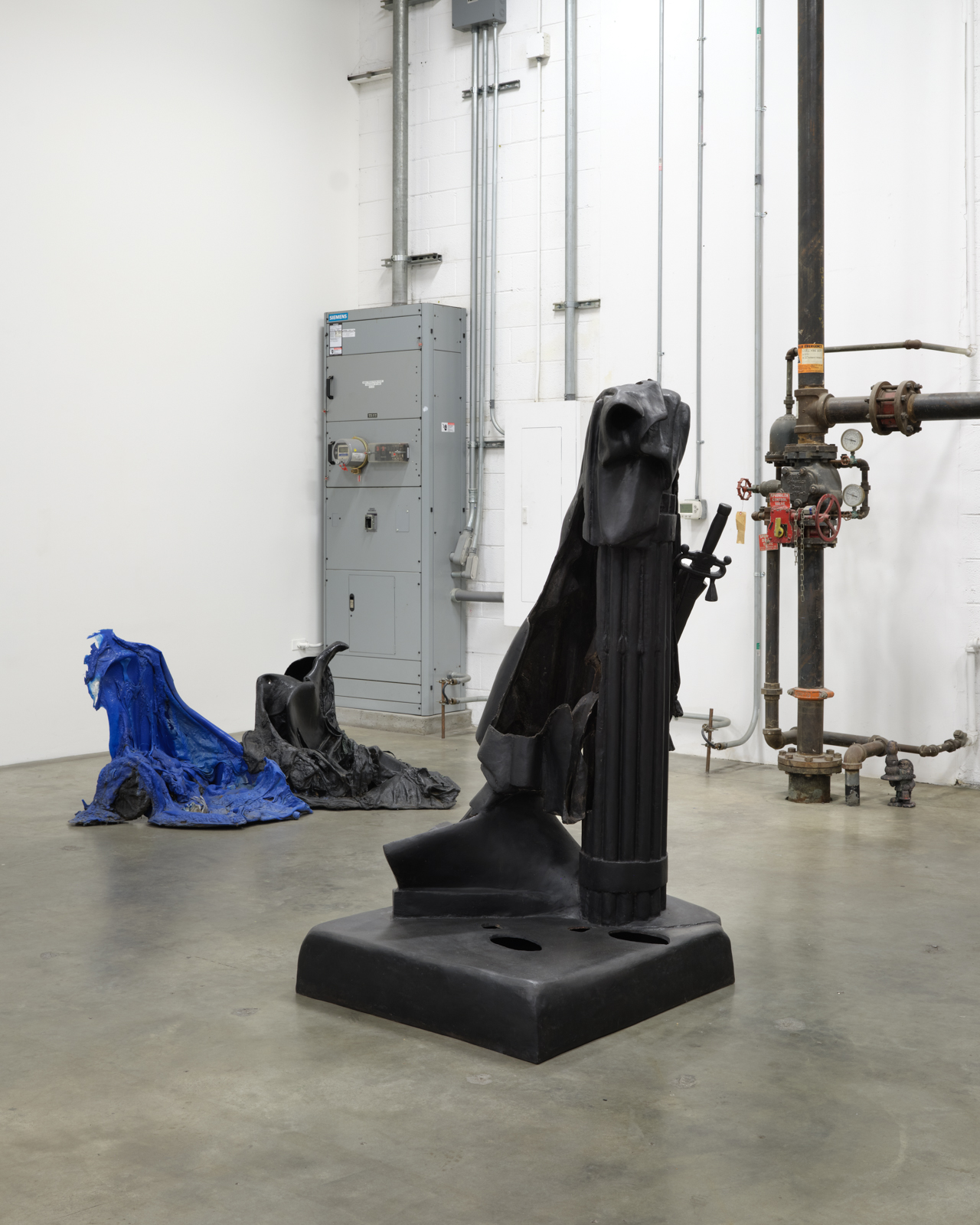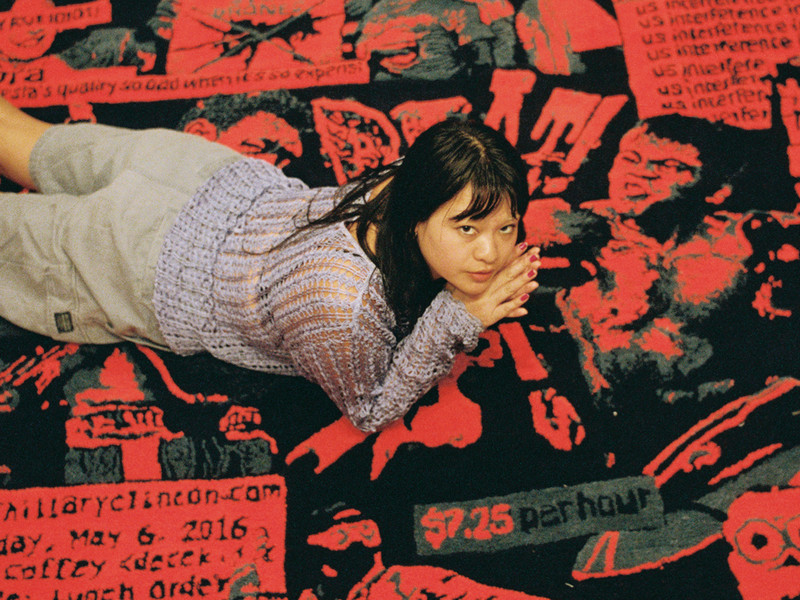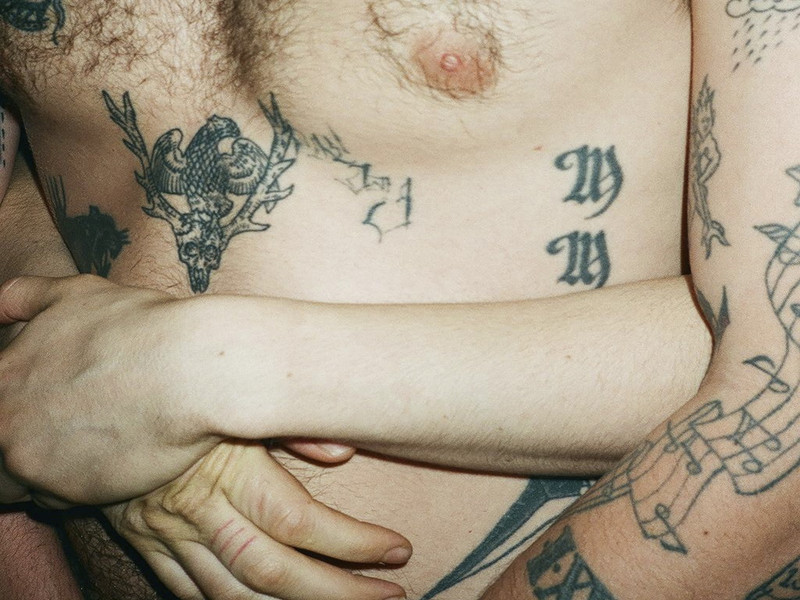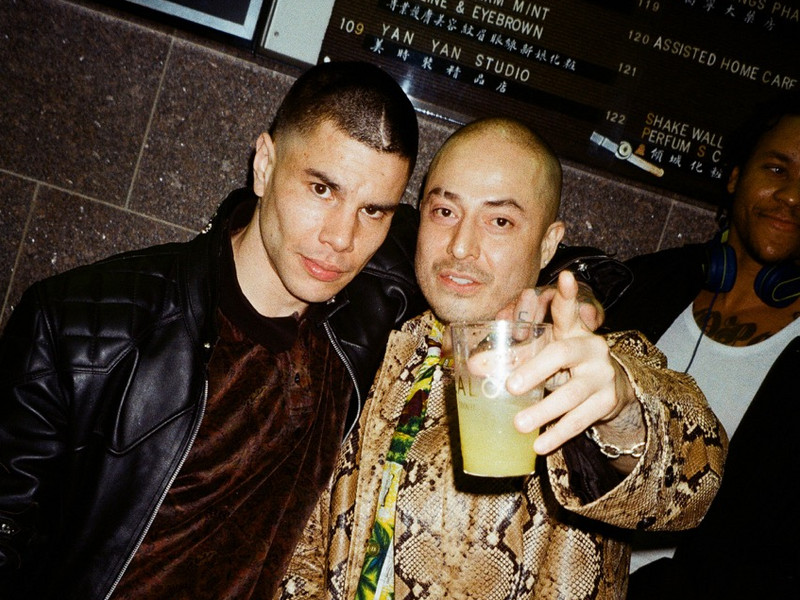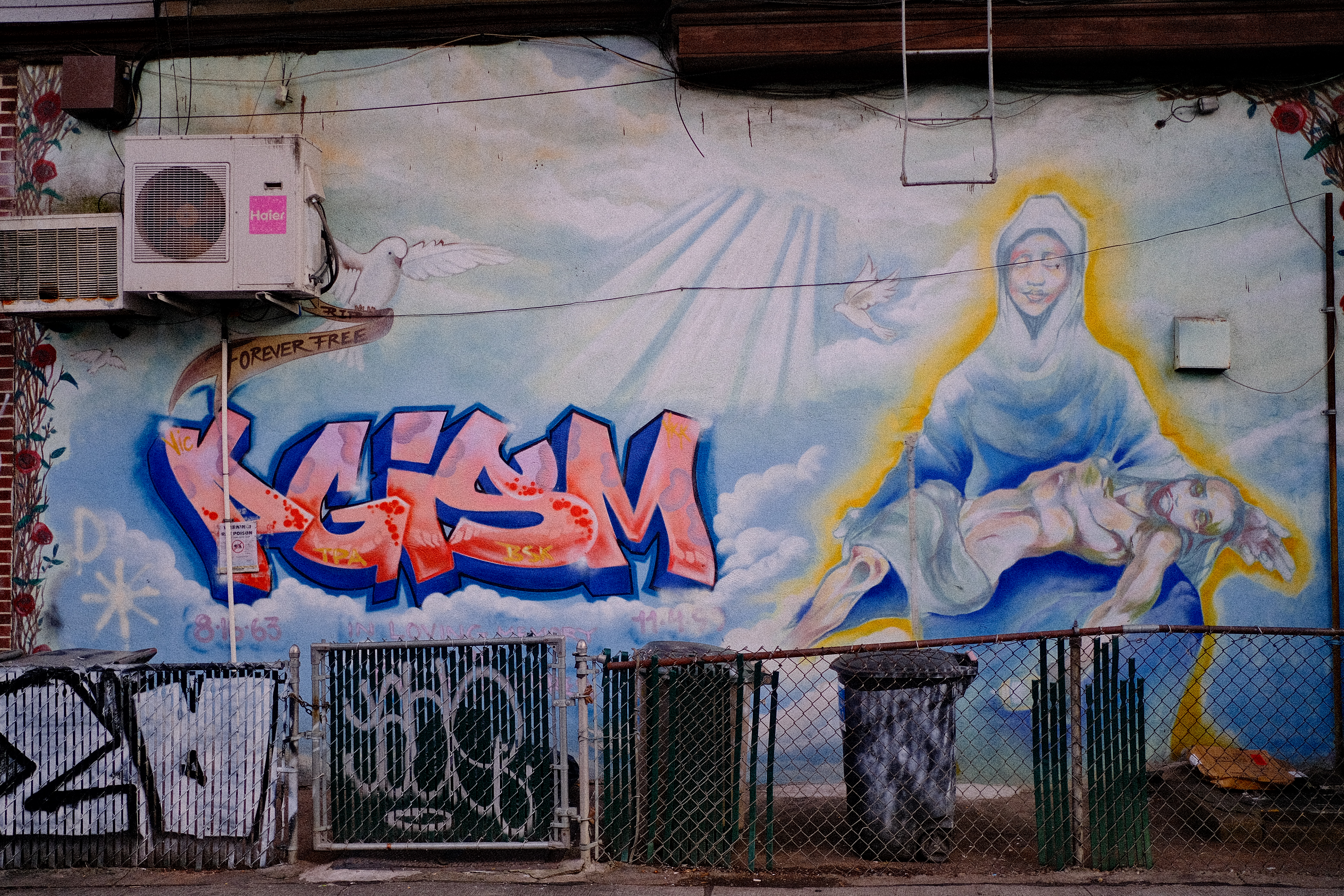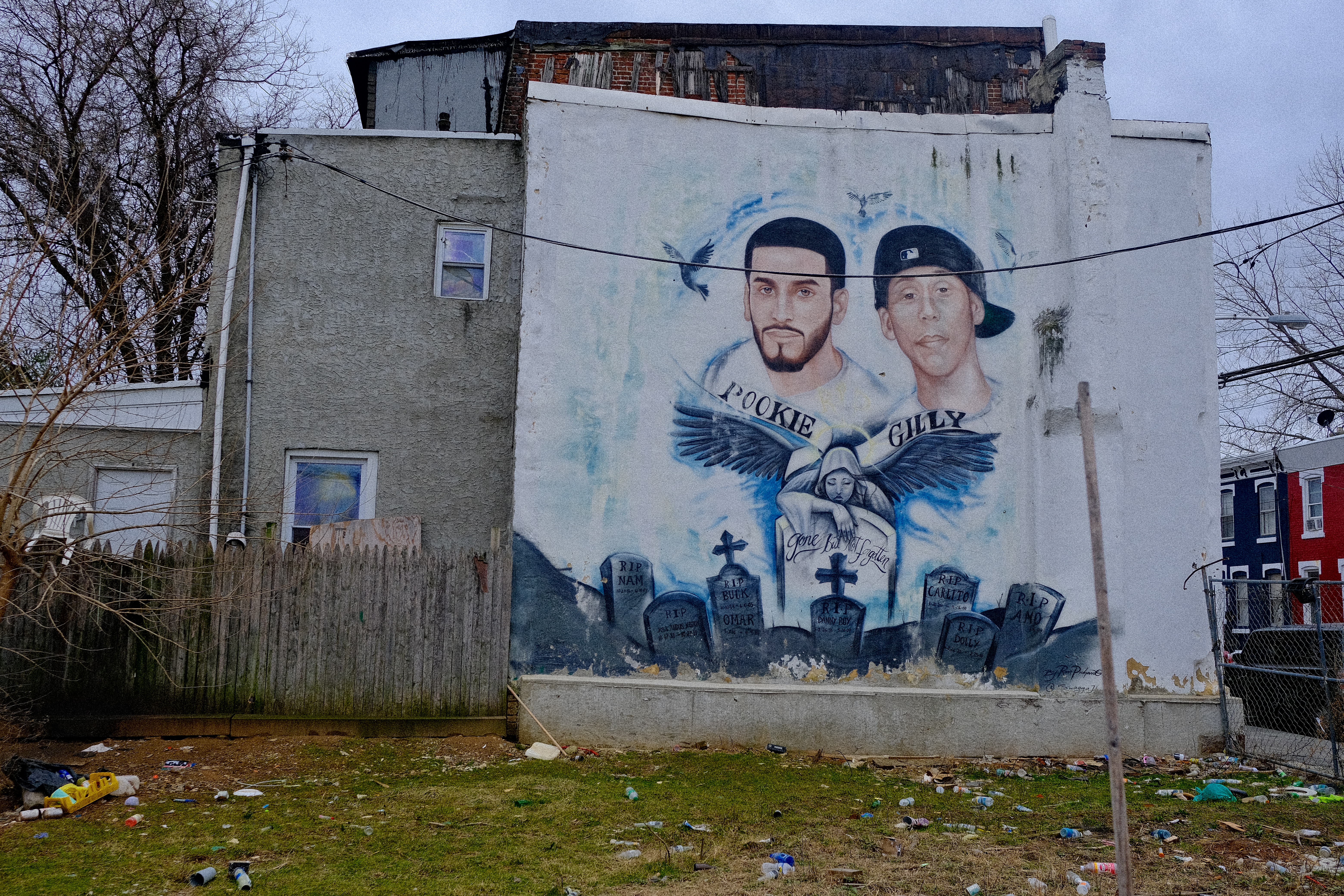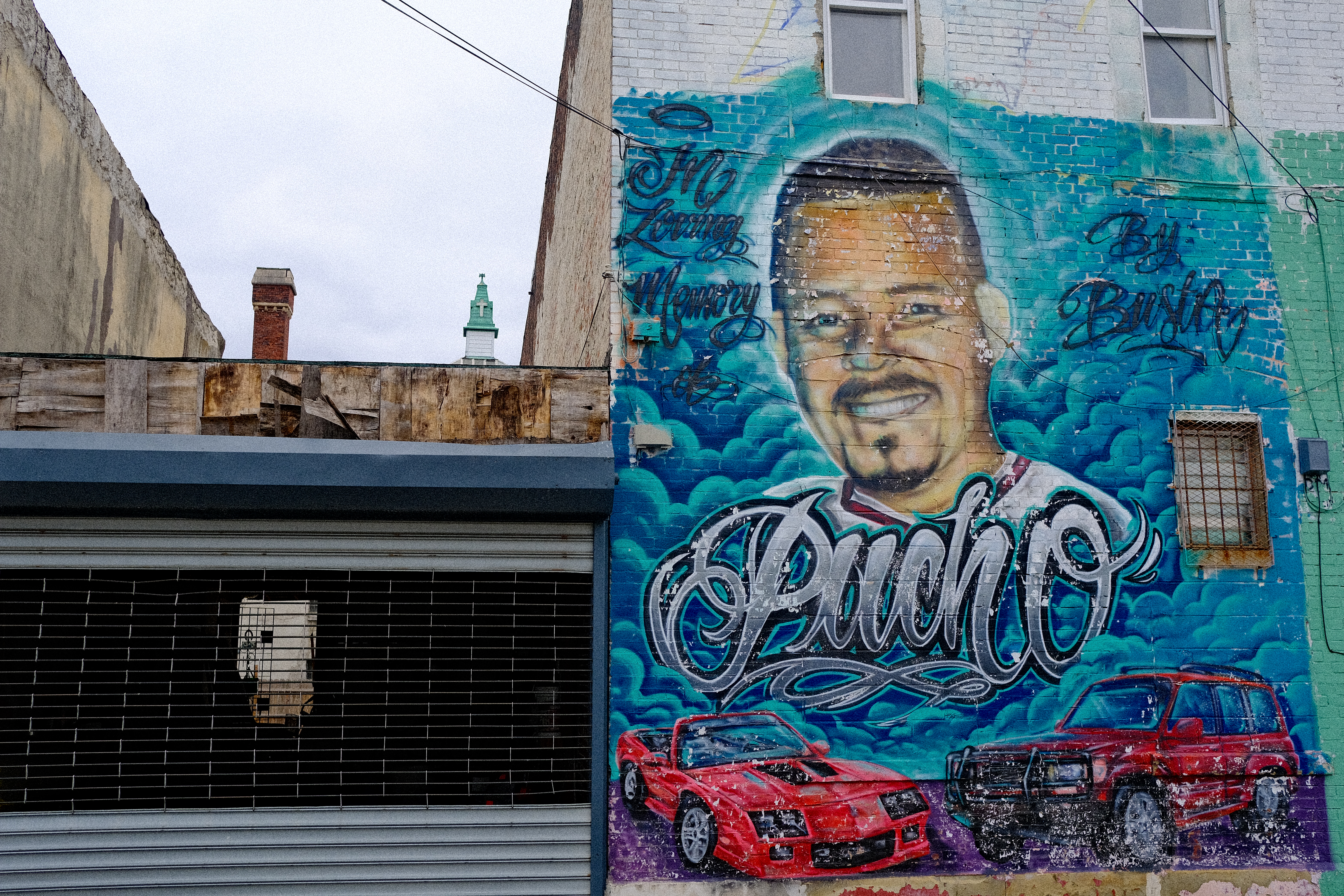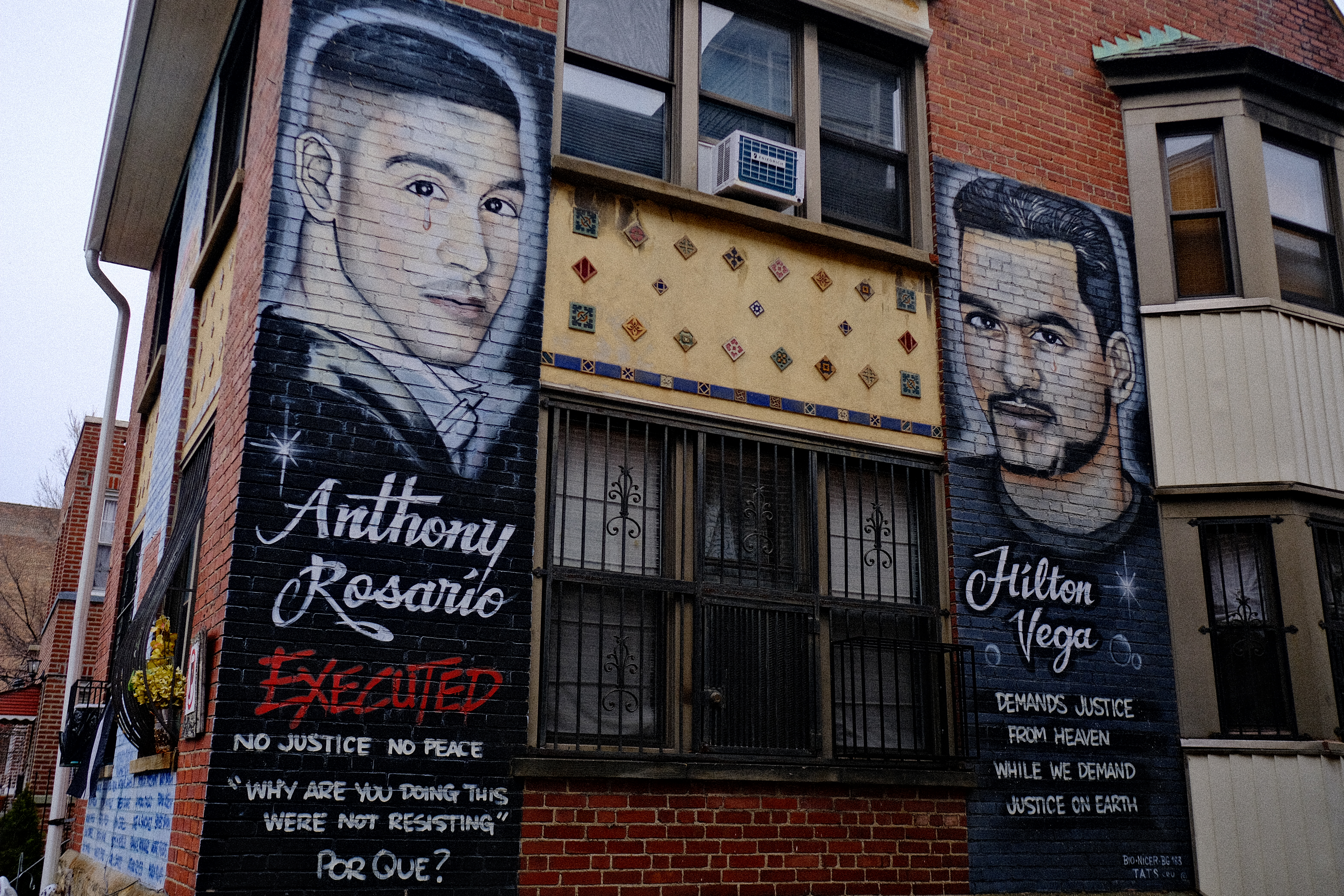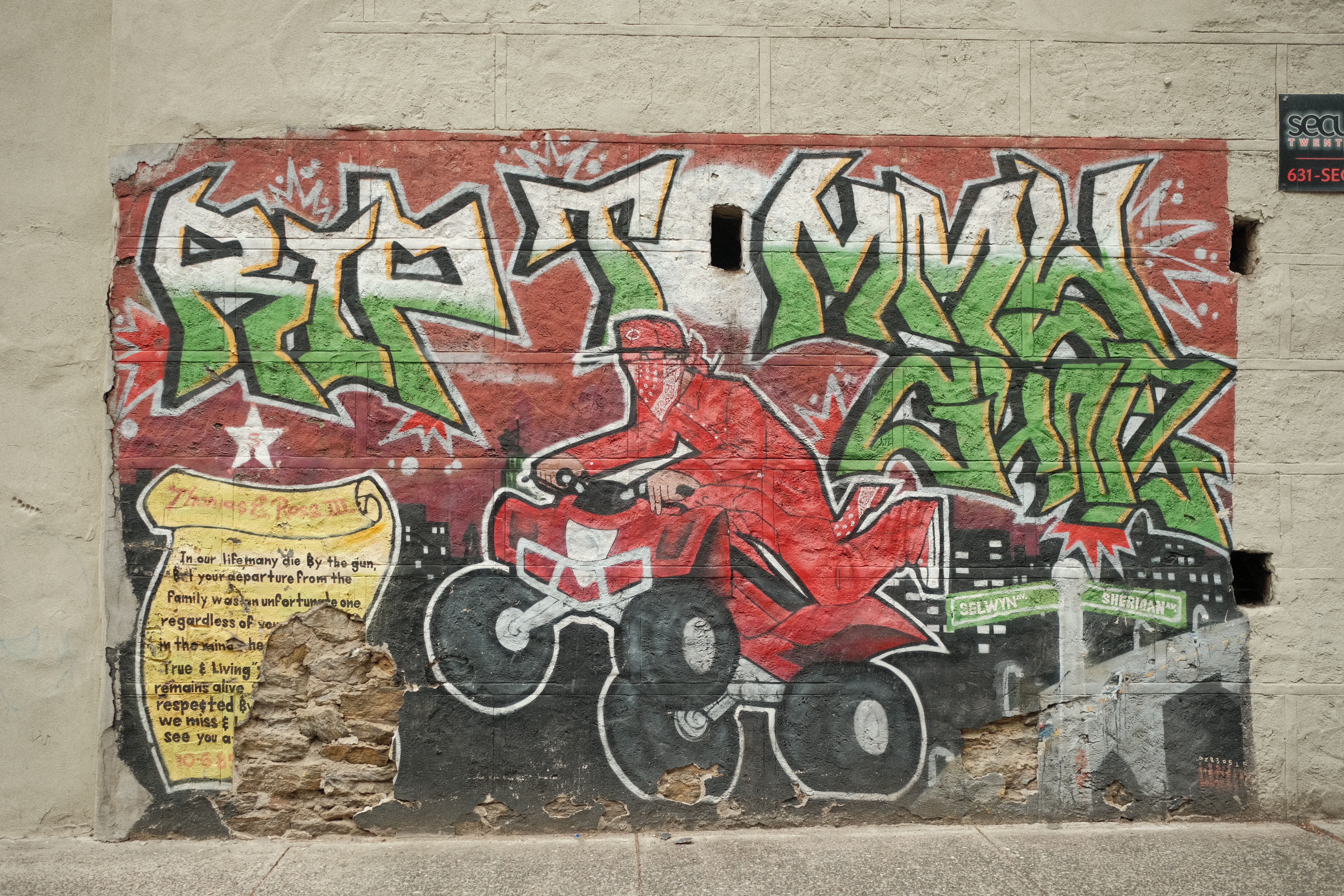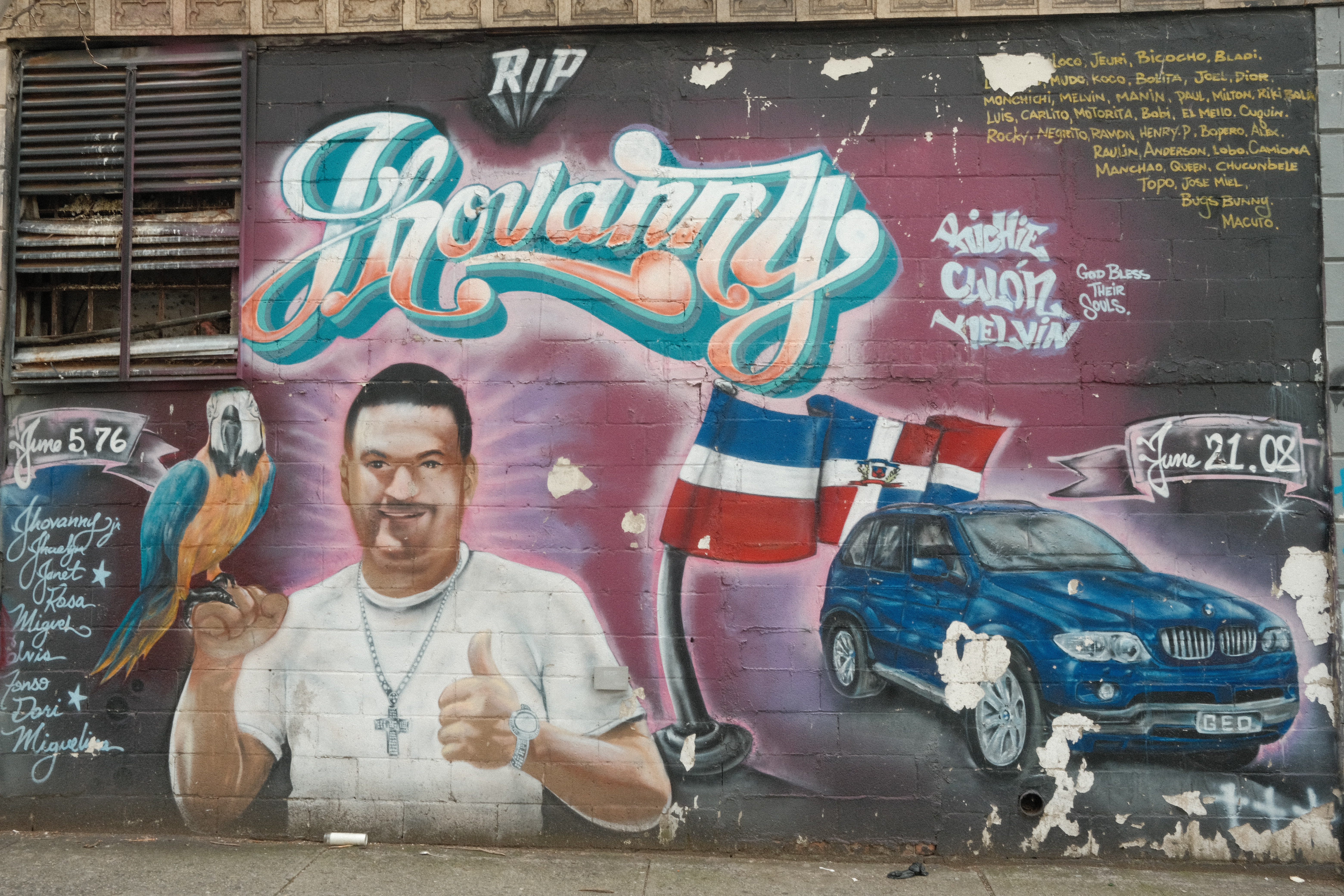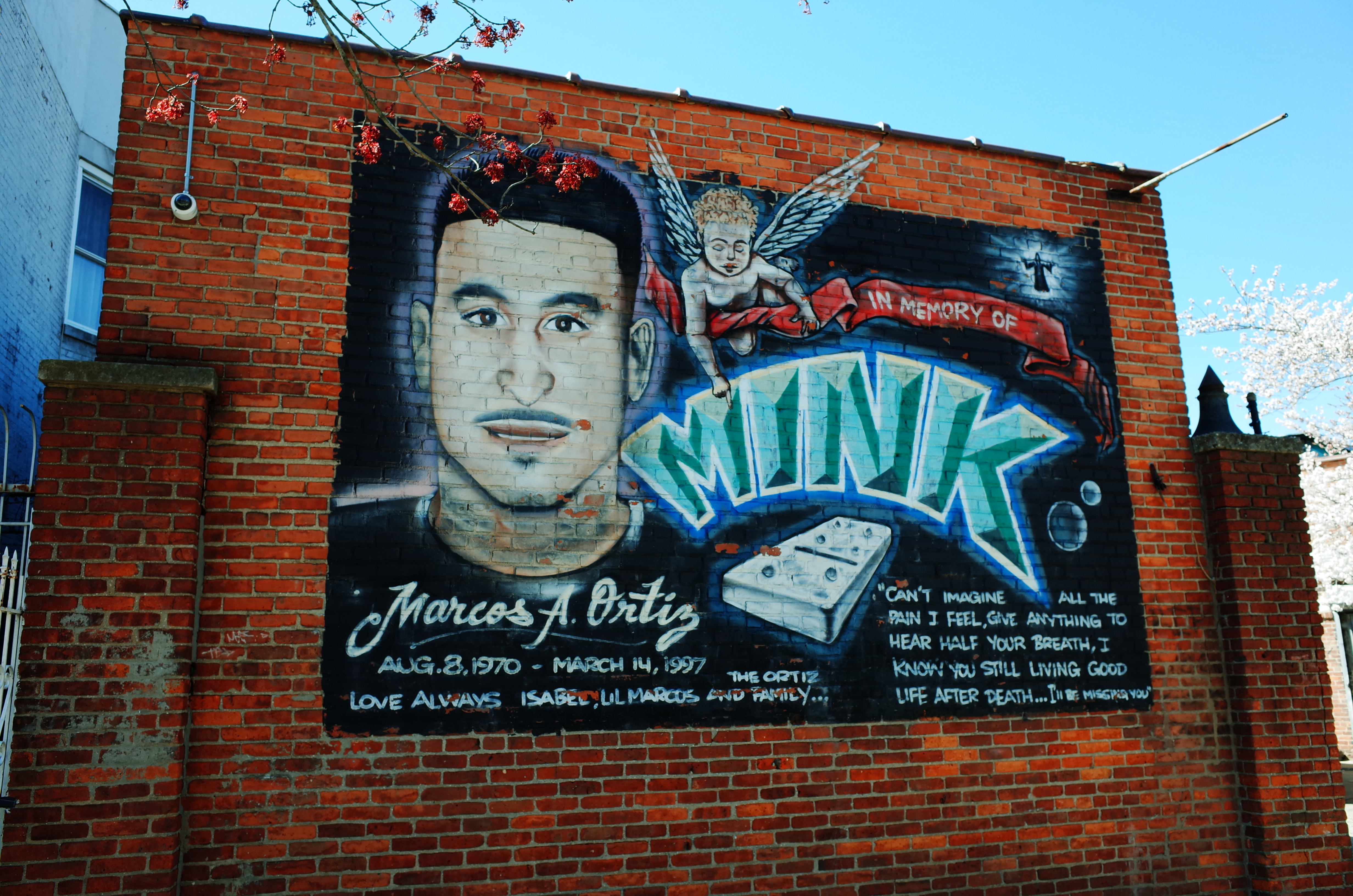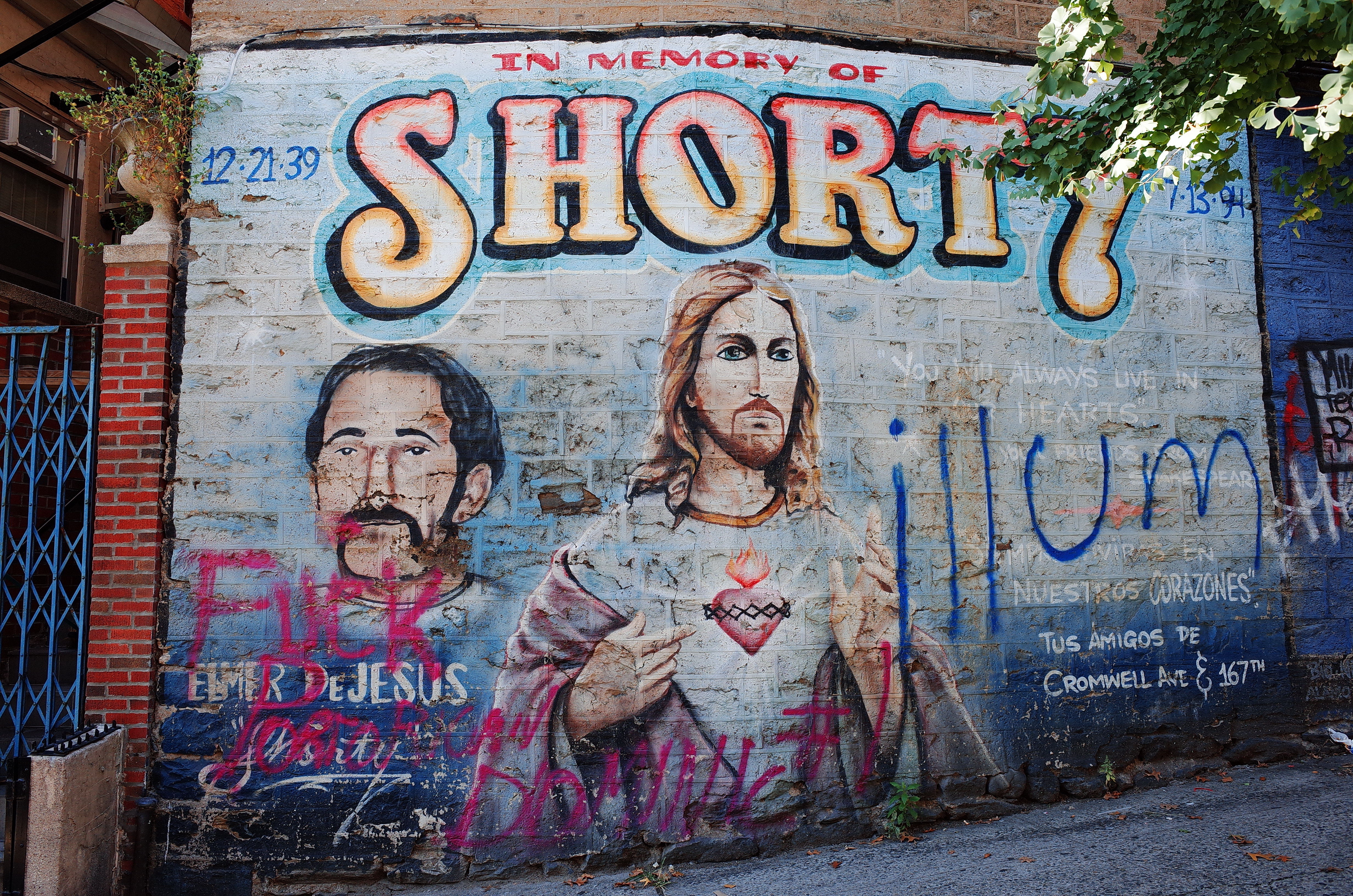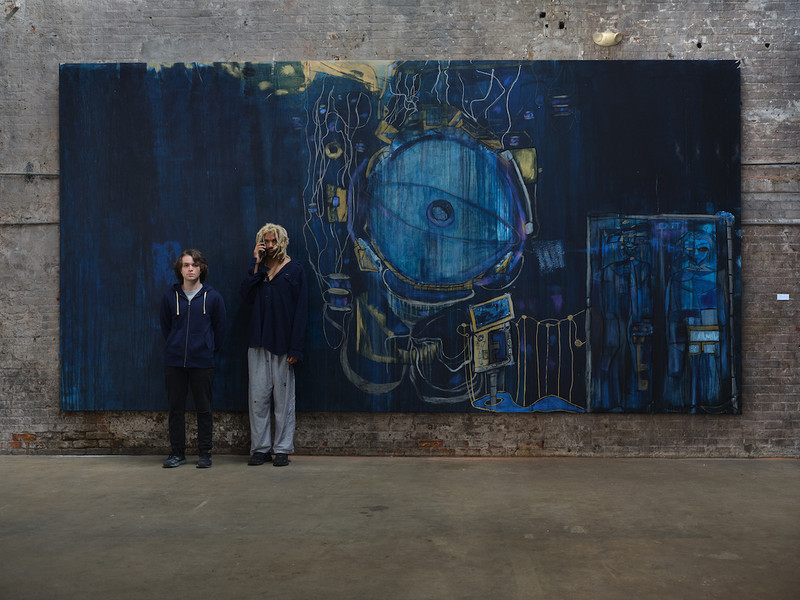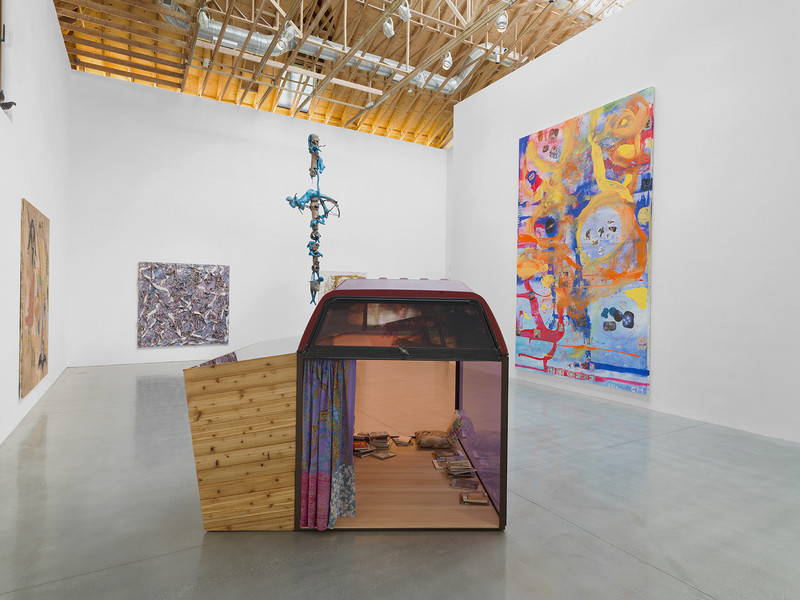Of Afrosurrealism and Black Beauty: The Works of Cinthia Mulanga
Experimental in her creation, Cinthia’s paintings evoke a narrative rooted in Afrosurrealism that allows her to spark dialogue between her juxtapositions of black beauty standards and stereotypical notions of what constitutes beauty in both the art world and real life. Her work often examines the emotions and thoughts shared by women in conversations of self-acceptance and beauty, utilizing mixed materials—from textile fabric to acrylic paint, from photograph cutouts to charcoal—as vehicles for unwordable expressions.
In our brief but delightful conversation, Cinthia blithely shares her thoughts on living through paintings, using the Barbie doll as a character silhouette, and, most importantly, overcoming nuanced misconceptions of what beauty should mean or look like.

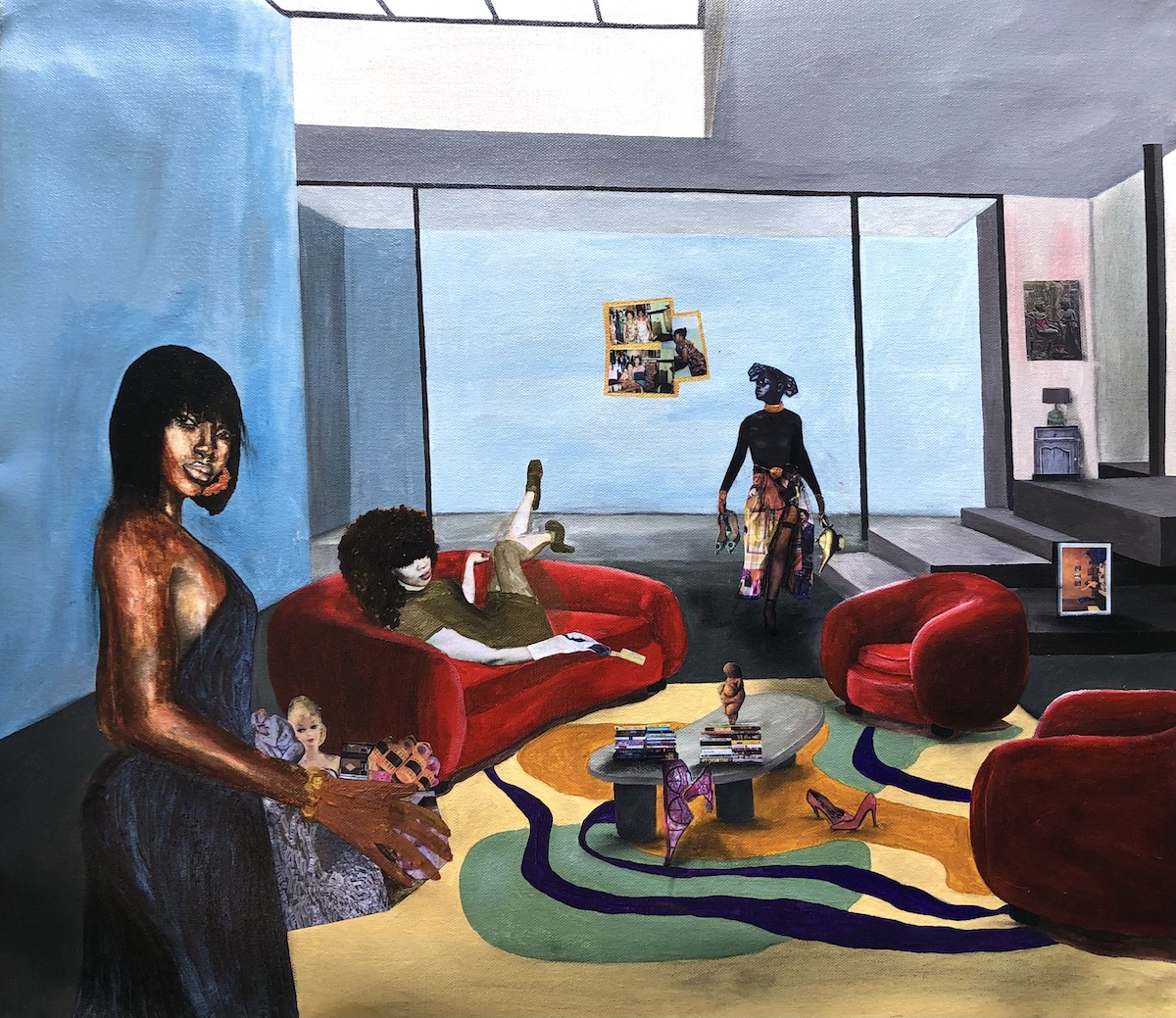
In the work you create—assessing notions of both beauty and assumed perfection—the detailed collages, lingering sense of automatism, mixed materials in your patina, and even more, your careful distortion in symmetry and compassion established in an enclosed space point to the sense of a contemporary rendition of Afrosurrealism being established. Would you consider this a fair observation?
Yes, I would agree. I think because of the many art movements we were taught in school, I was exposed to pick from many, and I was particularly drawn to anything that surrounded both realism and surrealism. There’s an unexplainable element within it that shifts your mind’s eye, and I also enjoy not telling the viewer the whole story, allowing them to make answers for themselves. I also think combining both real and surreal, mixing fantasies and realities, allowed me to depict what truly goes on in women’s minds in one space without it being so concrete visually.
What do you think embedding that in your processes did for your work?
I mean there are a lot of ideas that I have that I’m not sure how to fully express. I think I go bit by bit with every single painting, but working through a surrealist approach, I don’t have to know every single reason why I put something there, it just happens intuitively. It just makes sense. I also see that as somewhat of an extension of women’s life.
Taking it back to the start—acknowledging that your brother played a crucial role in your development as an artist, what else led you to become an artist?
I went to a print-making institution which is where I learned most of my initial art skills, in the general aspect. Before then, I was at a little artist school studio which is where they teach the younger ones to paint, in hopes of one day becoming a well-known artist—that’s where my recommendation to the print-making school came from. All that served as my foundation, in addition to my brother teaching me how to draw, as he was a self-taught artist. When we started the little artist school studio, I saw he made money selling his work and doing auctions. I figured I’d also try it myself. During that time I was in high school and at the time, my dream was centered around anything fashion, law, or journalism. Though things happened that made my options limited to something in fashion or a completely different route. I ended up going to the artist studio and we’re here now.
I’m also aware, as you’ve spoken about it in the past, of your mother being a beauty therapist, and I’m curious, how do you think that might’ve inspired the work you create?
When she owned the salon back in Congo, I would watch her make wedding dresses, do makeup and nails, and so much more, and I heard some of the conversations. They were always around beauty, life, and how women felt about themselves. It was a lot about how they looked and felt, often compared to others which I felt was something that needed to be changed. For example, sometimes people would say at the end of the day it’s just nails, but for some women, it’s so much more than that; it’s how they express themselves and how they feel confident in their own beauty. My mum’s work also inspired my paintings, not only because of the beauty industry, but she also worked in marketing and similar fields, so there was a lot to do with presentation.
Why is it important for you to pull your juxtapositions of perceived beauty standards and stereotypes into dialogue with one another?
My friends and I always have these long conversations that always come back to the same “What then?” situation, and I think because of that I overthink a lot, but with my paintings, I’m given an outlet to destress from it and give myself some form of assurance to really calm down a bit. I also want to be able to see how the things that are existent and the things that we worry about interact with one another. Like Instagram culture in comparison to real-life you know? Am I going to feel ugly when I put my picture next to an Instagram model? How am I going to feel? How should I feel? It’s also for the little girl in me to see how the insecurities are playing out and overcoming themselves.
How does using the Barbie doll as your character’s primary silhouette reference speak to your larger point about the misrepresentation of blackness and beauty in both art and the real world?
I think even as adults, there’s still some kid within us, and so for me, the Barbie doll is still being used or referred to as this perfect girl which creates the wrong idea for girls. You don’t have to look like it to be confident in your beauty. In the beginning, when looking at what the Barbie doll stands for, it always came back to conversations about how black women are viewed in comparison and what the symbol of beauty was—how the black women viewed themselves. So, it’s all about changing the notion of needing to look a certain way to be confident in yourself.
Would you say embedding personal photographs into your art also reconstitute how we view the concept of self-portraiture in art?
First, in class, we were always advised to use our own references and avoid plagiarism. And then, we began taking photos of ourselves to inform the look of our artwork. I was also inspired by a lot of cool work on social media, mostly in regard to composition. I also see it as being able to live through my work.
Is there a sense of vulnerability within that, even without you explicitly displaying an image of yourself?
Yes, I think I feel very vulnerable regardless of that. Sometimes I live through those figures, and other times I’m hiding behind them. It’s easier to present yourself as someone else so I think that’s also the purpose my characters serve, whether it’s emotions or thoughts being portrayed.
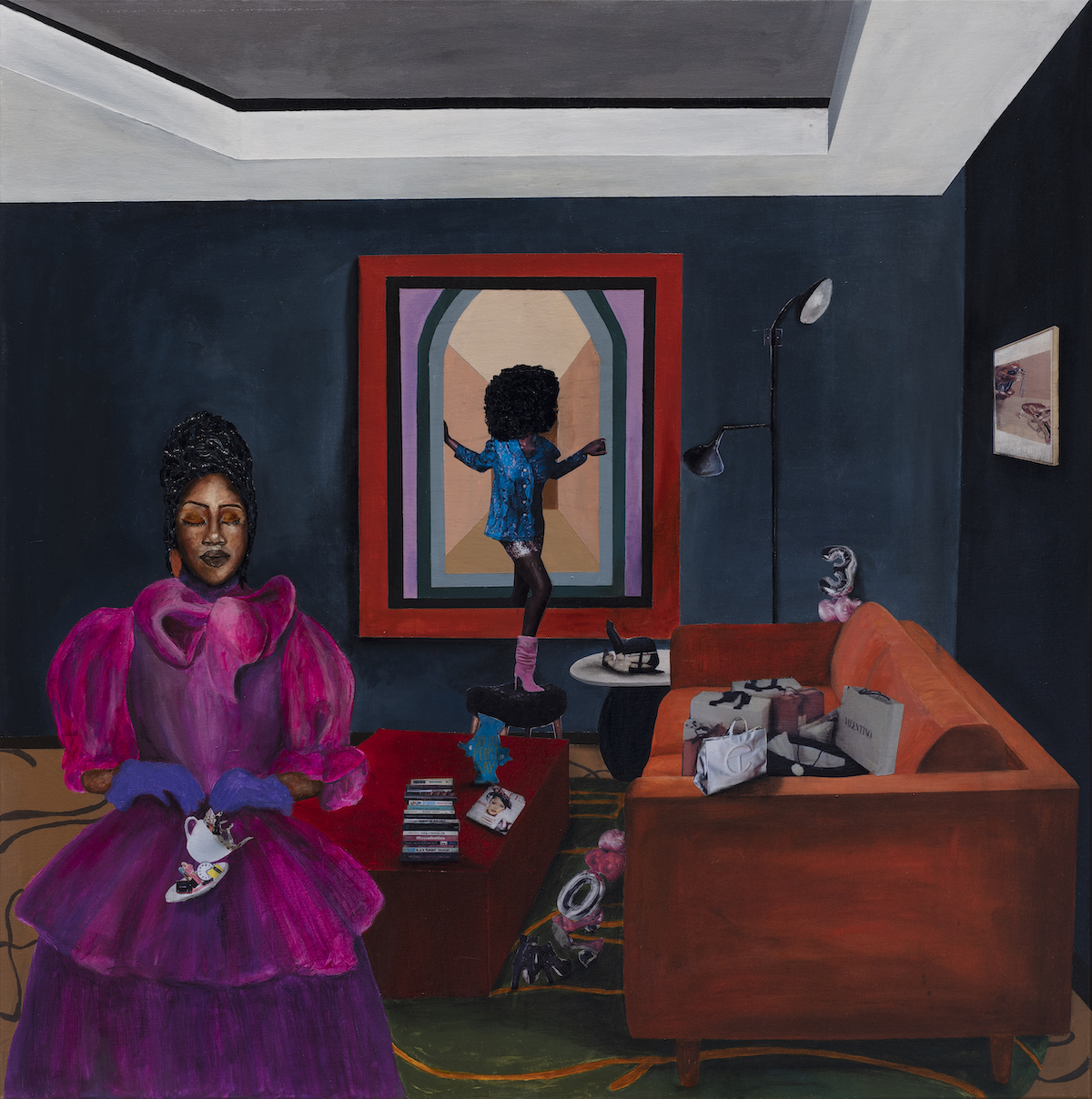
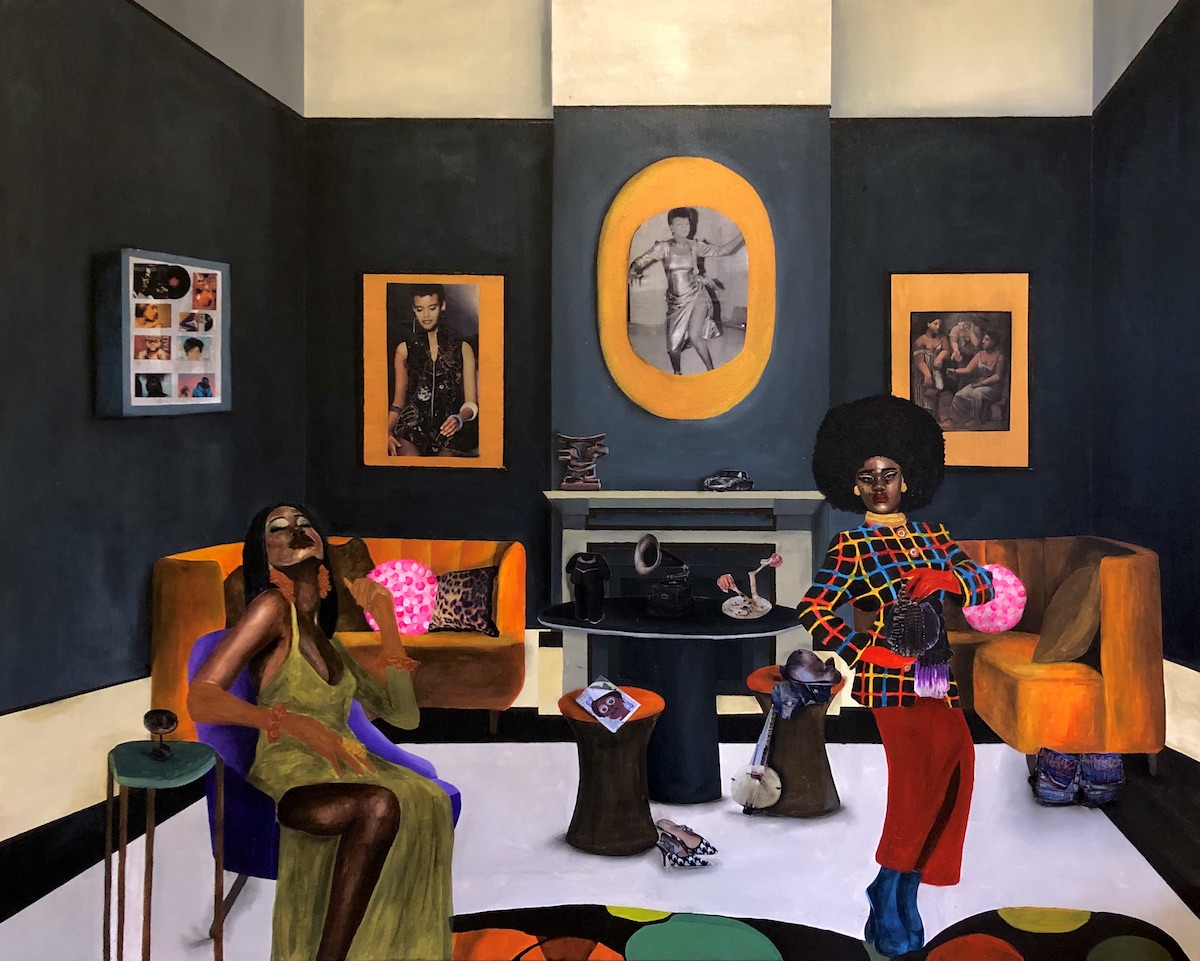
A select number of your works also feature dull, unsaturated colors, often in monochrome tonality; and while a few delineated your art’s underpins of misconception and challenging single stories, a piece from 2020 titled “In Your Space” conceptually discusses climate change and its disastrous effects. Could you speak a bit about that painting?
That painting actually wasn’t planned. We had a school project talking about climate change, and at the time, I wasn’t really sure I was going to do it because this kind of topic requires a certain level of research to really express it in painting: causes, who is or isn’t being affected, to what extent is the effect, and much more. Each person was meant to reinterpret it in their own way. I used it in my usual space because it brought the issue closer to the people to who the painting was directed, adding the nasty and rough aesthetic to it. The dull colors were to evoke some sense of deep emotion because you can’t be happy when there’s a lack of vibrant colors. It’s supposed to be somber and humbling. It hits you directly. I wanted the person looking at the painting to feel the filth.
Within your work too, incorporating the collages and image cutouts, you’ve managed to sublimely involve facets of the larger world in your art through mundane objects or little pieces placed into a frame, creating a global narrative within a local environment…
At first, when I started, I would include a lot of these things for aesthetic purposes, like filling a room when you first move into a house. It started changing as I began looking at sentimental objects and pieces outside the space that I’ve interacted in that could also be brought into my work. Like cocktails being added in was representative of conversations women had because it was something present when the girls get together, and you know you also need something strong to talk about certain subjects. So, it’s either in reference to something or something from the outside world I’ve experienced and engaged with beyond just viewing.
One thing you’ve also done amazingly is being able to engage with all your notions and underpins within the singular space, and I’m curious, what informed that decision in using the domestic indoor space as the scenic world of your work?
It goes back to me as a child moving a lot, so we’ve seen the inside of so many homes which come with different structures, different people, and in turn, different values present in each one. Home for me always comes down to stability and calm, so I can be myself in this space but, at the same time, also feel challenged in that same space. I think I’m also searching for stability and calm within my work, as it is something that was sort of lacking when I was younger, even though I was with my family.
What is your hope that the work does in the lives of black women and girls?
Reflection is always important. I think taking time to work on yourself and your surroundings is what I hope is taken from my work, in addition to being content and grateful in a way. I think because there's also so much going on conceptually with my work, I just hope that whoever is viewing it can just enjoy how it makes them feel.

